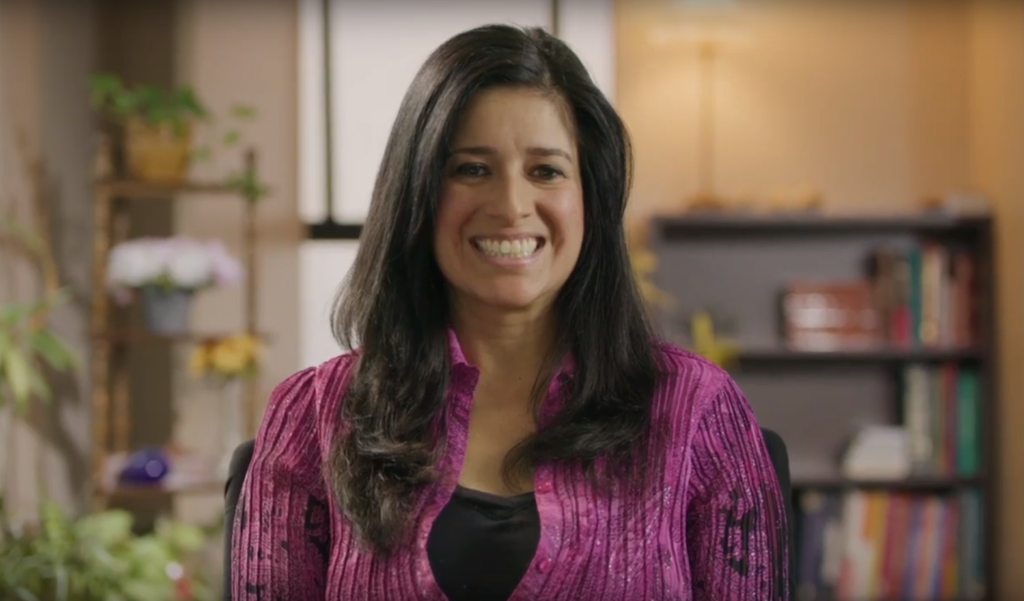
Alicia Cintron
When Alicia Cintron arrived at Saint Mary’s Hospital for a pre-surgical consultation, she was nervous. She had recently been diagnosed with colon cancer, and she knew that the next few months would be difficult. But the thing she was most nervous about wasn’t the cancer, the tumor or even the surgery – she was most nervous about the possibility of using prescription opioids.
“I had enough to worry about and be scared about having a tumor and having cancer and having to go through chemo, so I didn’t want to have something else to worry about,” she said.
Like millions of Americans, Alicia had read and learned a lot about the opioid epidemic. 130 Americans die every day from an opioid overdose, with prescription opioids often the culprit. In fact, according to the U.S. Centers for Diseases Control and Prevention, overdose deaths involving prescription opioids specifically were five times higher in 2017 than in 1999.
But Alicia’s concerns weren’t just sourced from distant statistics. One of Alicia’s friends had been battling narcotics dependence and addiction for months after receiving a prescription for opioids after being injured in a car accident. Not to mention, Alicia herself had a scary experience with prescribed morphine after surgery a few years prior.
“I was so heavily medicated with morphine that I felt like a zombie,” she said. “Yet I was still in such excruciating pain that I could hardly move.”
Alicia shared her fears with her health care team immediately. In response, they offered a medtech solution.
“Dr. Corvo let me know that there was an alternative to narcotics using nerve block,” Alicia recalled.
Doctors can use an ultrasound-guided nerve block as an alternative or in addition to general anesthesia for pain relief in the surgical setting. During a nerve block, an anesthesiologist injects local anesthetic at the location of specific nerves at the site of the patient’s surgery, using ultrasound guidance to identify the optimal placement.
Thanks to advancements in innovative technology – specifically the evolution of ultrasound-guided regional anesthesia – anesthesiologists are able to perform nerve blocks more accurately and more effectively than ever.
“Our anesthesiologists under ultrasound guidance can put a bullous of medication right on top of the nerve,” explained Dr. Corvo. Our patients wake up sometimes feeling absolutely no pain at all.”
Fortunately, Alicia was one of those patients. After the successful removal of her tumor, she recovered quickly, checking out of the hospital just two days after surgery. She was even able to celebrate Independence Day with family and friends the very next weekend. Most importantly to Alicia, she never had to use prescription opioids.
“It was a short stay, which was great,” Alicia said. “Everything went well.”
Now, three years after her surgery, Alicia is still happily cancer free.
“I think Dr. Corvo’s an angel from heaven,” she said. “He saved my life. I had a great experience.”
Alicia isn’t alone. One hospital that instituted a protocol encouraging the use of ultrasound-guided regional anesthesia reported that opioid use fell by 80%, while patient satisfaction doubled. Not to mention, the hospital saved more than $777,500 in direct costs in just the first six months of the protocol update.
Innovative medical technology has the potential to keep these positive trends moving. Medtech pain management solutions can help improve patient outcomes, cut health care costs, curtail the use of prescription opioids and reverse the opioid epidemic. So that patients like Alicia can breathe easier.
Find more information about medtech pain management solutions.